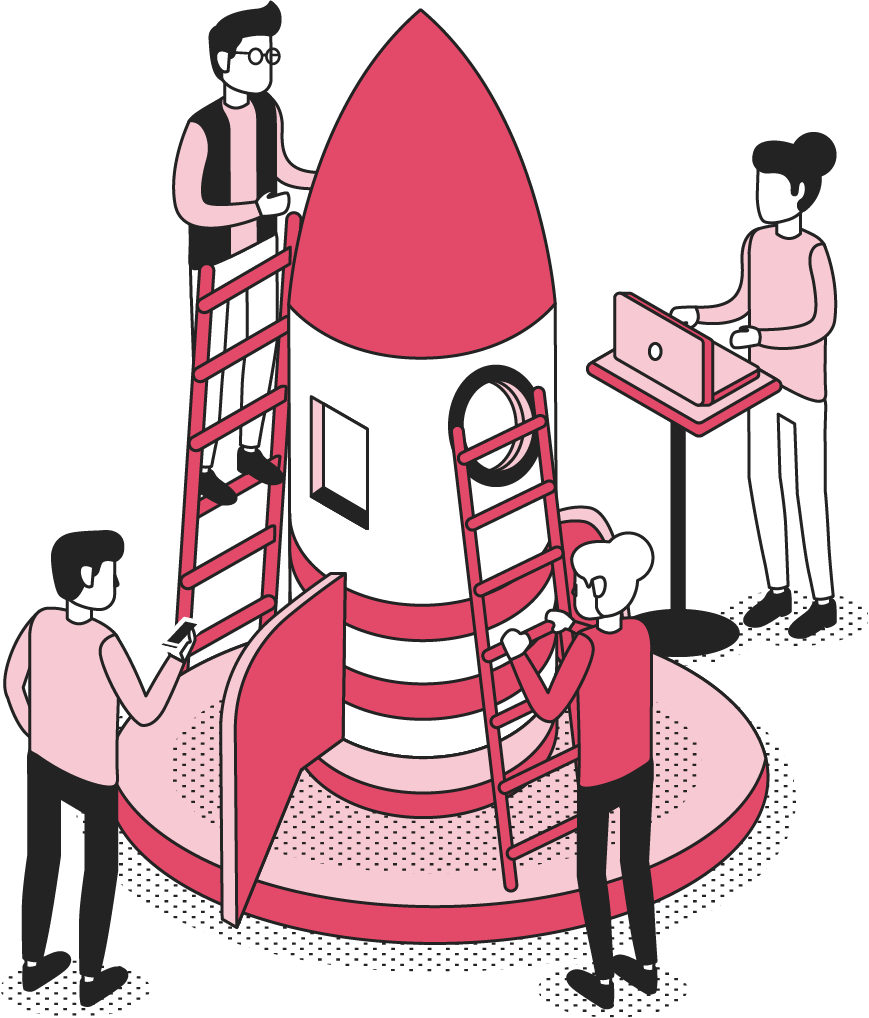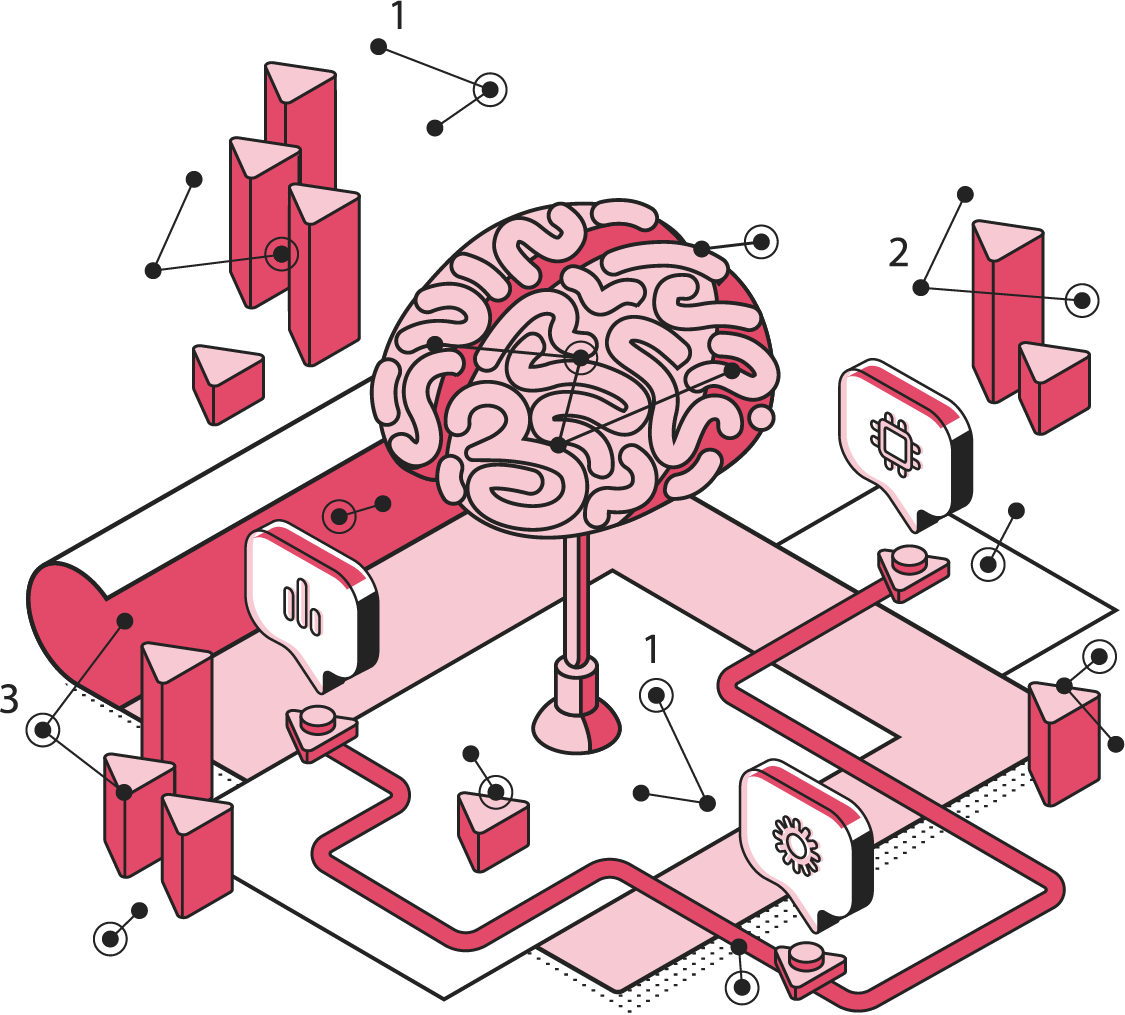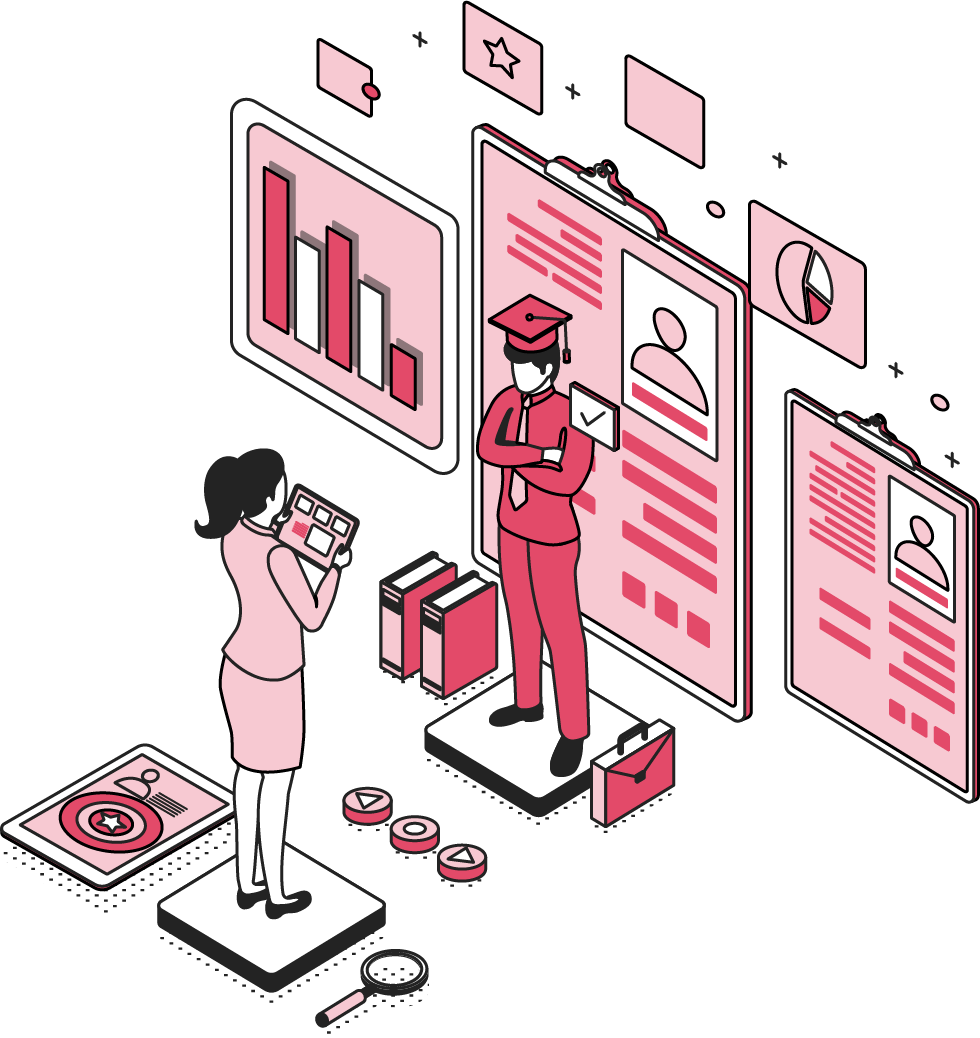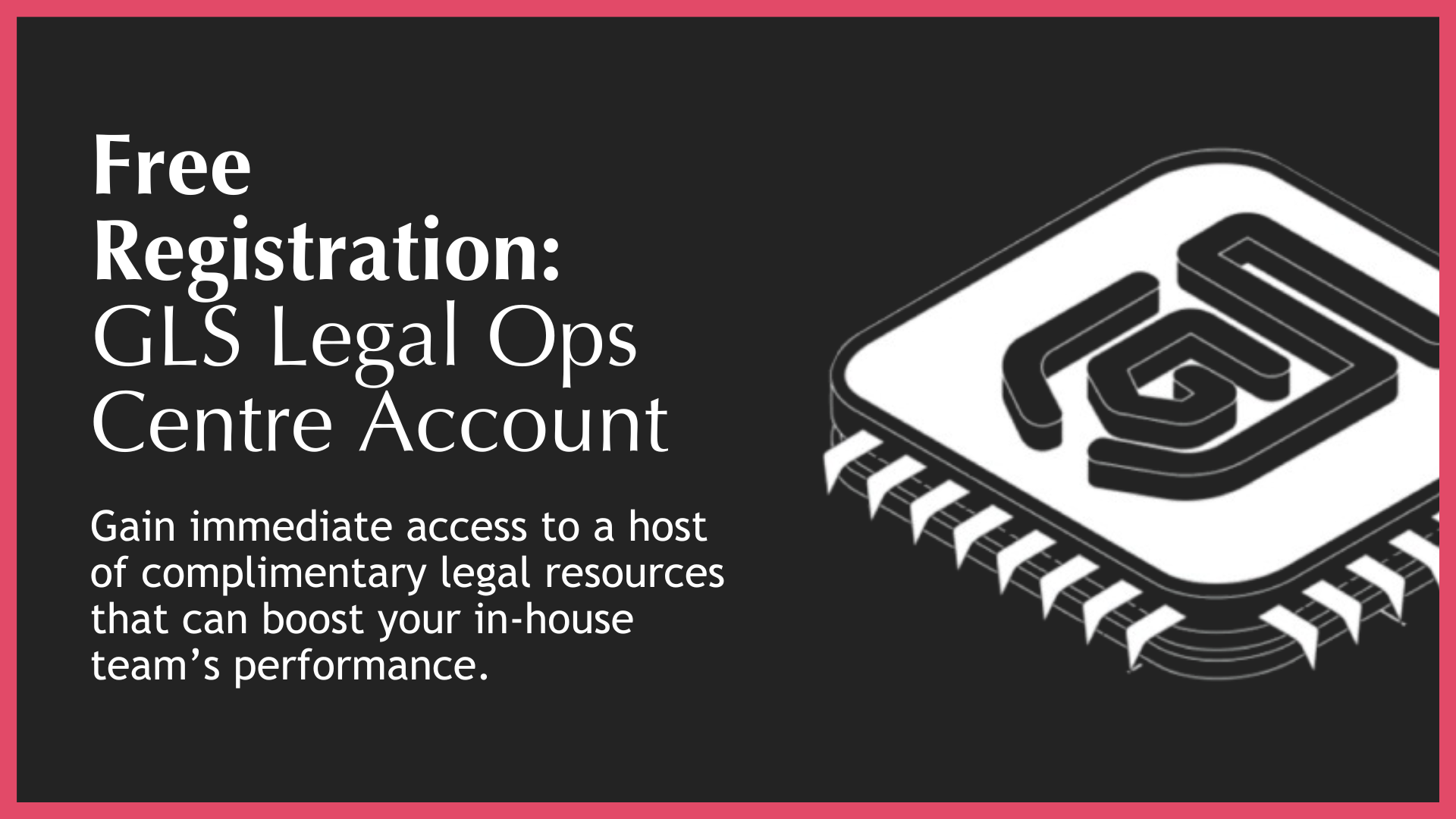The GLS Legal Operations Centre
The ultimate in-house legal department resource stack
Back
Compliance Workflow
What Is It
A Compliance Workflow is the structured, repeatable process through which compliance obligations are identified, assessed, actioned, monitored, and escalated. It’s the operational backbone of your compliance program - turning abstract obligations into concrete actions that can be tracked, measured, and improved.
This station is about building choreography into what is often chaos. Without defined workflows, compliance becomes ad hoc, inconsistent, and vulnerable to failure. Issues are missed, deadlines slip, and escalation happens too late. A well-designed workflow ensures that every compliance activity follows a clear path - from trigger to resolution - with defined roles, timelines, and checkpoints.
Legal-led workflow design ensures that processes are not only operationally sound but also defensible. It embeds legal risk thresholds, escalation protocols, and documentation standards into the flow - so that compliance is not just done, but done right.
Critically, workflows are the foundation for automation. Once mapped, they can be digitised, monitored in real time, and enhanced with analytics. This transforms compliance from reactive firefighting into proactive risk management.
Scope
The scope of a Compliance Workflow typically includes:
◼️Mapping end-to-end processes for key compliance activities (e.g., regulatory filings, policy reviews, training delivery).
◼️Defining triggers, inputs, outputs, and decision points for each workflow.
◼️Assigning roles and responsibilities at each stage of the process.
◼️Establishing timelines, deadlines, and escalation protocols.
◼️Integrating workflows with compliance registers, calendars, and reporting tools.
◼️Embedding documentation and audit trail requirements.
◼️Aligning workflows with legal risk frameworks and governance standards.
◼️Enabling automation and analytics through workflow platforms.
Resource Status
In GLS legal ops speak – the Compliance Workflow is considered a “Foundational” resource within the process ecosystem of an in-house legal team.
The Foundational Resource is a CRE that is responsible for determining the overall performance capabilities of a “critical” legal function. If it is not optimised, the function can never be optimised.
Best Practice Features
The best practice features of the GLP are as follows:
◼️Process maps for all critical compliance activities, reviewed and updated regularly.
◼️Legal-led design to ensure defensibility and alignment with regulatory obligations.
◼️Clear ownership and accountability at each workflow stage.
◼️Escalation protocols embedded into the workflow logic.
◼️Audit trail generation for every compliance action taken.
◼️Integration with tech platforms for automation, tracking, and reporting.
◼️Performance metrics to monitor workflow efficiency and effectiveness.
◼️Training and awareness to ensure users understand and follow workflows.
Business Value
The Compliance Workflow delivers the following value to the Business:
◼️Reduces compliance failures by ensuring consistent execution of obligations.
◼️Improves speed and efficiency through standardised processes.
◼️Supports faster decision-making with clear escalation paths.
◼️Enhances transparency and accountability across departments.
◼️Builds regulator confidence through documented, repeatable processes.
◼️Enables automation and real-time monitoring of compliance activities.
◼️Reduces cost by eliminating duplication and manual effort.
Legal Department Value
For the legal team, compliance workflows reduce the burden of ad hoc requests and reactive issue management. They enable strategic oversight, defensible execution, and better resource planning. Workflows also support legal’s role in governance by embedding legal thresholds and documentation standards into operational processes.
Who Needs It
The Compliance Workflow is essential for:
◼️Legal Department Leadership
◼️Compliance Officers
◼️Risk Management Teams
◼️Internal Audit Functions
◼️Legal Operations Teams
◼️Board and Executive Leadership
Productivity Consequences
A legal team operating without a Compliance Workflow will face a wide range of inefficiencies including:
◼️Inconsistent compliance execution across departments and jurisdictions.
◼️Missed deadlines and delayed issue escalation.
◼️Poor documentation and weak audit trails.
◼️Increased regulatory exposure due to fragmented processes.
◼️Difficulty in measuring performance and identifying bottlenecks.
◼️Reduced ability to automate or digitise compliance activities.
◼️Higher operational costs due to manual, duplicative effort.
Tech Implication
This station is highly tech-leveraged. Workflow mapping is the prerequisite for automation, digitisation, and analytics. GRC platforms, workflow engines, and compliance tracking tools rely on defined processes to function effectively. Integration with document management, training systems, and reporting dashboards ensures end-to-end visibility and control.

The GLS Legal Operations Centre
Register to access your complimentary Day 1 Resource Stack packed with legal team performance resources.

GLS Ultimate Guide To Legal Operations
Download this and read it thoroughly and regularly. It is a wonderful transformation companion.

Book A No-Obligation Consultation
If you would like discuss your legal transformation needs, please book a 30 minute free consultation with us.

GLS Legal Transformation Boot Camp
Our hugely successful, 10-week long, email-based boot camp on how to effectively transform your legal team.




